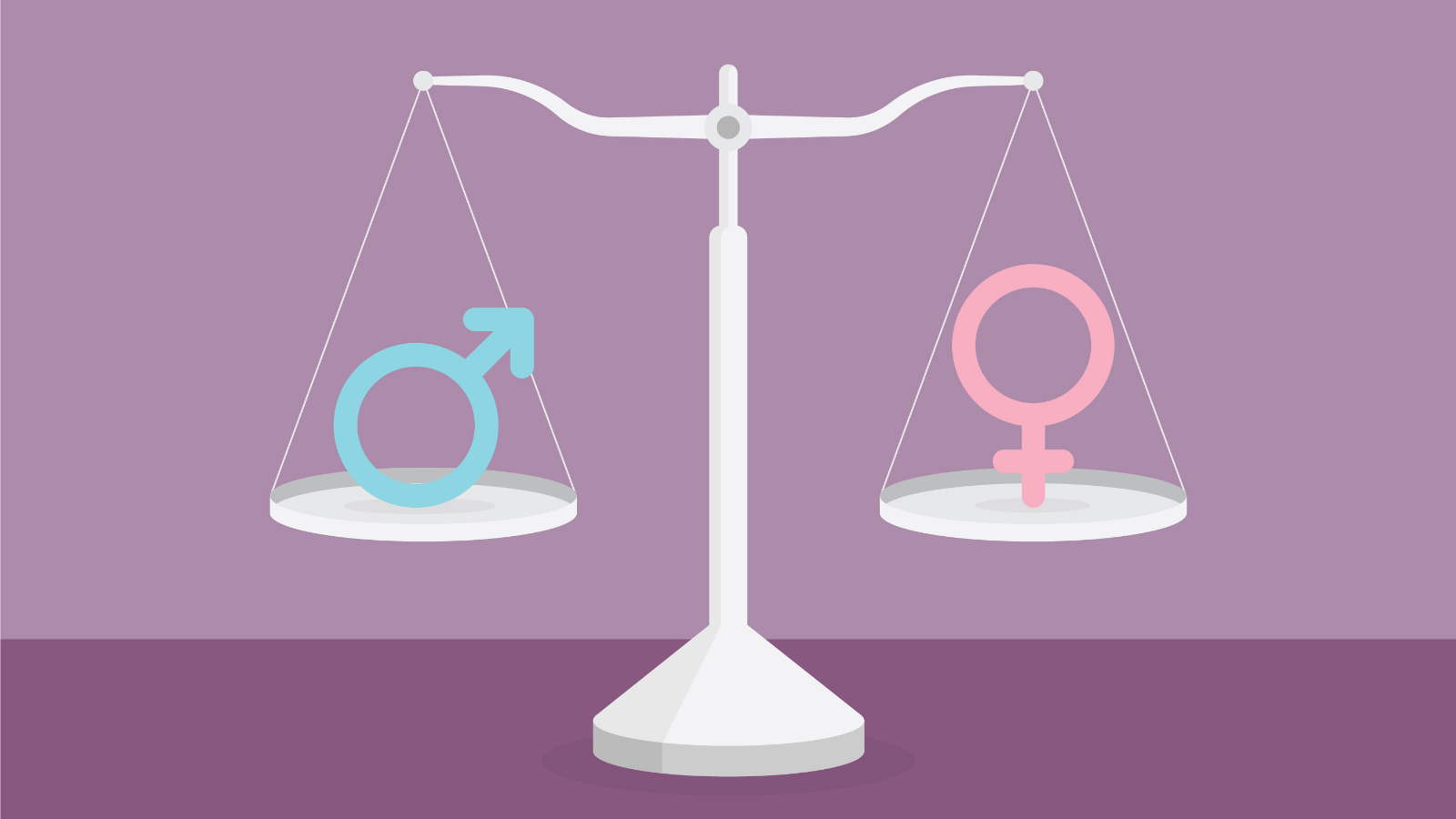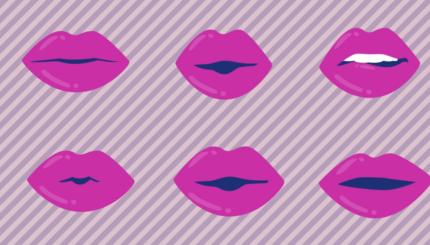Happy Women’s History Month everyone! Quick reminder that this month is for all women, regardless of gender presentation, sexual orientation, race, or age.
A woman in my community worked at a daycare, a profession that is overwhelmingly female. Daycares obviously stopped operating due to the pandemic, so she lost her job. In addition, she has small children who were now home all day on a remote learning schedule, so she was not able to even look for another job because all the childcare responsibilities fell to her. This is an all-around horrible situation, and she is far from the only one something like this happened to this year. However, this is part of a larger story—the gender wage gap.
Let’s talk about $$. The Equal Pay Act passed in 1963 (almost 60 years ago), prohibiting discrimination in regard to wages on the basis of sex. And yet…
Have you ever been told, condescendingly or irritatedly, that the gender pay gap doesn’t exist? Or that if you control for equal jobs, education levels, and other contributing factors, the number’s only 98 cents on the dollar? First, that 98 should be 100 if the intended argument is that the gap doesn’t exist for equal work, but more importantly, this ignores all the factors of why the uncontrolled gap is so horrifyingly large.
One reason for the large uncontrolled gap is that women make up 63% of workers earning the federal minimum wage, a wage rate stuck at $7.25 since 2009. By contrast, women represent only 5% of CEOs at Fortune 500 firms. Additionally, in a survey of 329 companies (employing over 13 million people), only one in five C-level executives were women. Women of color are furthermore underrepresented at the executive level, making up only 1 in 25 C-level executives. Women also notably comprise 90 percent of the nursing profession, facing significant health risks while being paid less compared to their male counterparts. If women make up a majority of minimum wage earners and a significant minority of high-level positions, there’s no question where part of the wage disparity stems from.
Second, the pay gap widens as women progress in their career, with women at the executive level making $0.95 to every dollar a man makes even when data are controlled and making a shocking $0.69 to every dollar a man makes when data are not controlled. Also, the wage gap tends to rise with education level. This does not make a whole lot of sense to me, and I have no idea how to fix it, since this seems to have nothing to do with available opportunities and is just literal discrimination.
Third (and this one definitely does not have an immediate or easy fix), women (voluntarily or out of necessity) tend to venture into occupations that offer flexible hours if they have family responsibilities, and these jobs understandably pay less.
In more concrete, understandable terms than just the percentages, women in the uncontrolled group stand to lose $900,000 on average over a lifetime. Lost earnings narrow to $80,000 for the controlled group, but this is still significant, especially considering how lost earnings due to the gender pay gap would grow with compound interest if invested.
I mean, the gap has shrunk in the past 40 years:
So yay, progress!
However, about 30 percent of the reduction of the gender wage gap between the median male and female worker since 1979 is due to the decline in men’s wages during this period. I’m sorry for bursting that “yay, progress” bubble so quickly; there’s just not a lot of celebrating possible within this topic. Wages need to go up in general!
THE PANDEMIC
The pandemic has been incredibly hard on everyone, not just women, but women have been disproportionately affected. According to NPR, male unemployment between February and April of 2020 increased 9.9%, while female unemployment increased 12.8%. According to Inequality.org, the numbers in April were a 16.2% unemployment rate for females, and 13.5% for men (but unemployment leveled out by December, with an almost 7% rate). Additionally, the service industry was obviously majorly impacted by the pandemic, and those jobs—waitressing, hotel clerking, retail work—are often done by women. “Economists project that, instead of shrinking, the gender wage gap will widen by five percentage points, so that the average female worker will earn about 76 cents for every dollar the average male worker makes… It’s going to take more than 10 years for the gender wage gap to close to what it was before the pandemic.”
The closure of schools and daycares also forced many women to cut their work hours down, which decreases pay, obviously, but also negatively impacts future job prospects. Moms of children under 12 lost nearly 2.2 million jobs between February and August, a 12% drop. Fathers saw a 4% drop of about 870,000 jobs. Even before the pandemic, there was a “motherhood penalty” (including lowered starting salaries, decreased benefits, and a perception of incompetence), which seemed to only penalize women for supporting their families, while fathers often got a bump in pay.
This month I also got to discover my new least favorite holiday: Equal Pay Day. It sounds like a day to celebrate equality… Really, it’s a day to bring awareness to the fact that there is a significant lack of it. In 2020, Equal Pay Day was March 31, which means that the average woman needed a full 15 months to make what the average man made in 2019 alone. This year, it is March 24. If this date sounds bad enough, the Equal Pay Days for women of different races are even more inequitable. For Native American and Latinx women, Equal Pay Day isn’t until the last few months of the year, which means they don’t get paid what a white man makes in 12 months for nearly 2 full years. For Black women, it takes over a year and a half.
Luckily, there is a glimmer of hope. One upside to the world’s forced virtual reconfiguration is that now, hopefully, there will be more flexibility in the professional world, which will benefit people who need more flexible hours, like parents.






